Prepping is all about being ready for unexpected events. However, preparing comes with its own set of hidden costs. While stocking up on essentials and maintaining readiness can offer peace of mind, these preparations can sometimes strain your budget in ways you might not immediately realize.
Understanding these hidden costs can help you plan more effectively and avoid any surprises down the line.
Many preppers focus on the obvious expenses such as food, water, and basic survival gear. What often goes unnoticed are the less apparent costs that can quickly add up. These hidden costs can range from specialized equipment to maintenance and replacements over time.
Preparing with a keen eye on these potential expenses will ensure a more sustainable and well-managed approach to your readiness efforts.
1. Water Storage Solutions

Water is crucial for survival, making storage solutions a top priority. Preppers need to store one gallon of water per person per day.
Choosing the right containers is important to avoid contamination. Use food-grade plastic, glass, or stainless steel. Metal containers that aren’t stainless steel will corrode.
Properly sealing your containers prevents contamination. Be sure to store them in a cool, dark place to maintain water quality. Avoid direct sunlight. Treating stored water with chlorine drops ensures long-term safety.
2. Long-Term Food Storage
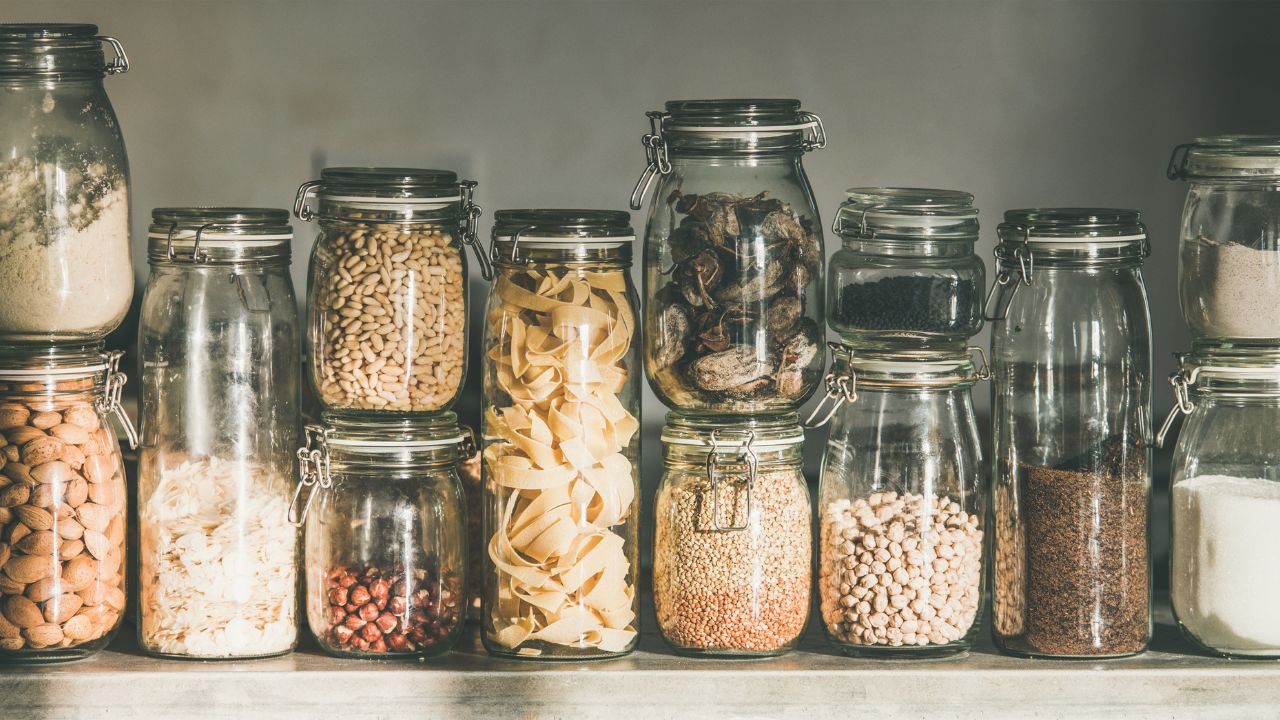
Storing food for the long haul is critical for any prepper. You’ll need a mix of proteins, carbohydrates, fats, and vitamins for a balanced diet.
It’s not just about canned goods; think about dried beans, rice, and pasta as well.
Remember to invest in proper storage containers. Using food-grade barrel liners in 55-gallon drums can keep bulk items safe. Dehydrators and fo
od savers also come in handy for preserving perishable items.
3. Backup Power Generators
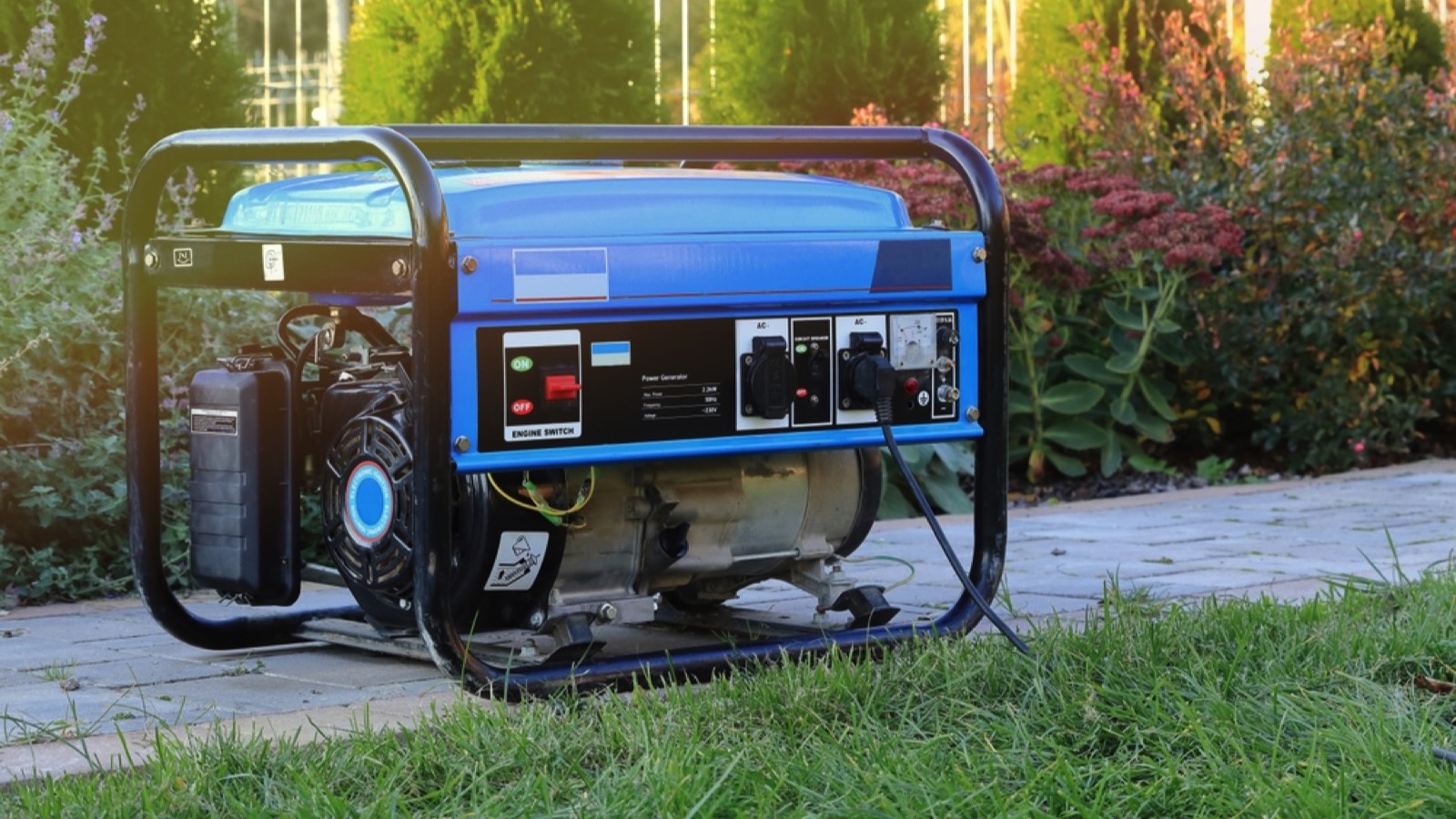
Backup power generators can be a crucial addition to your prepping plans. The main types include standby and portable generators.
Standby generators are more reliable but come at a higher cost, with installation ranging from $3,000 to $15,000. They can automatically kick in during a power outage.
Portable generators are cheaper but require manual setup and maintenance. Fuel storage and noise may be additional concerns. Consider your power needs and environment before choosing a generator.
4. Personal Hygiene Supplies
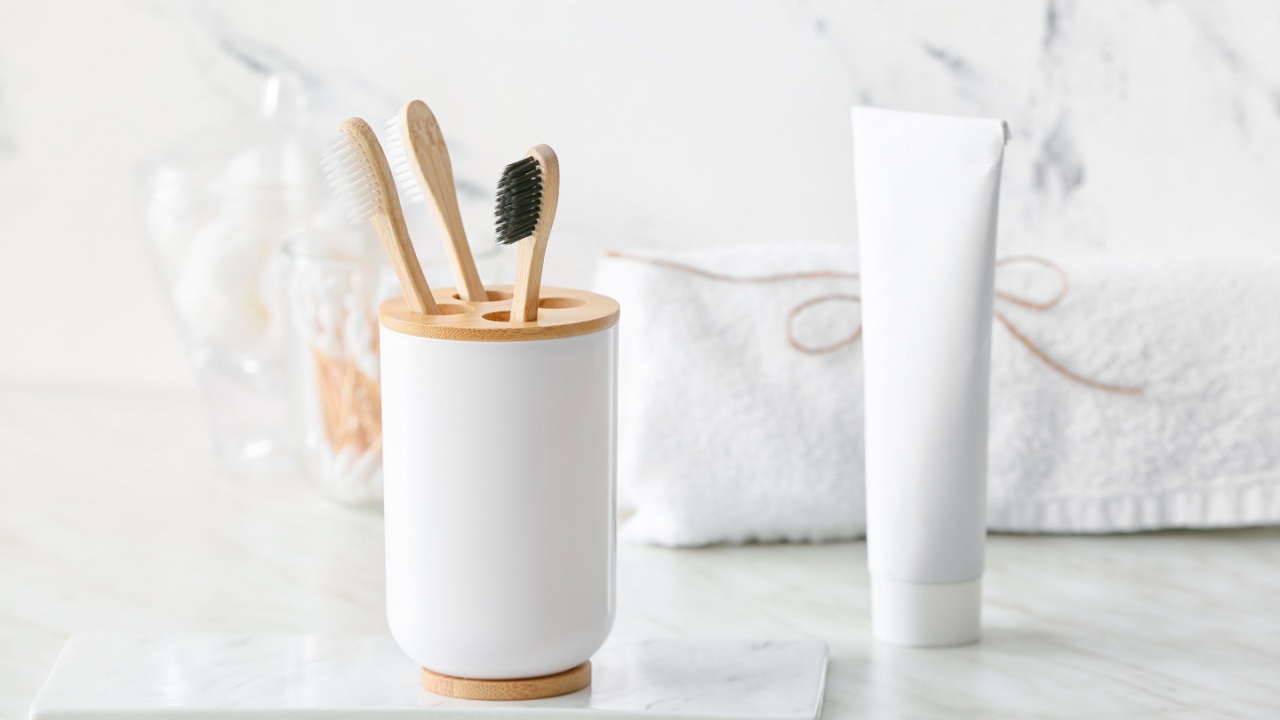
Personal hygiene supplies are crucial in any prepping scenario. Toothbrushes, toothpaste, soap, and feminine hygiene products need to be included.
You might not think about these items at first, but they are essential for maintaining health and morale.
Ensure you also store extra water specifically for hygiene purposes. Clean water is not just for drinking; it’s also vital for washing and cleaning.
Don’t forget about items like toilet paper, hand sanitizer, and wet wipes. These can make a significant difference in your overall comfort and well-being during an emergency.
5. First Aid Kits

First aid kits are essential for any prepper, but they come with hidden costs.
You need to invest in quality items like bandages, antiseptic spray, and pain relievers. While initial kits might seem cheap, restocking them with essential supplies can add up over time.
For instance, specialized items like sterile gauze pads, sutures, and even a quality thermometer can be costly but are crucial for comprehensive care. Make sure to include superglue for minor cuts.
6. Solar Charging Equipment
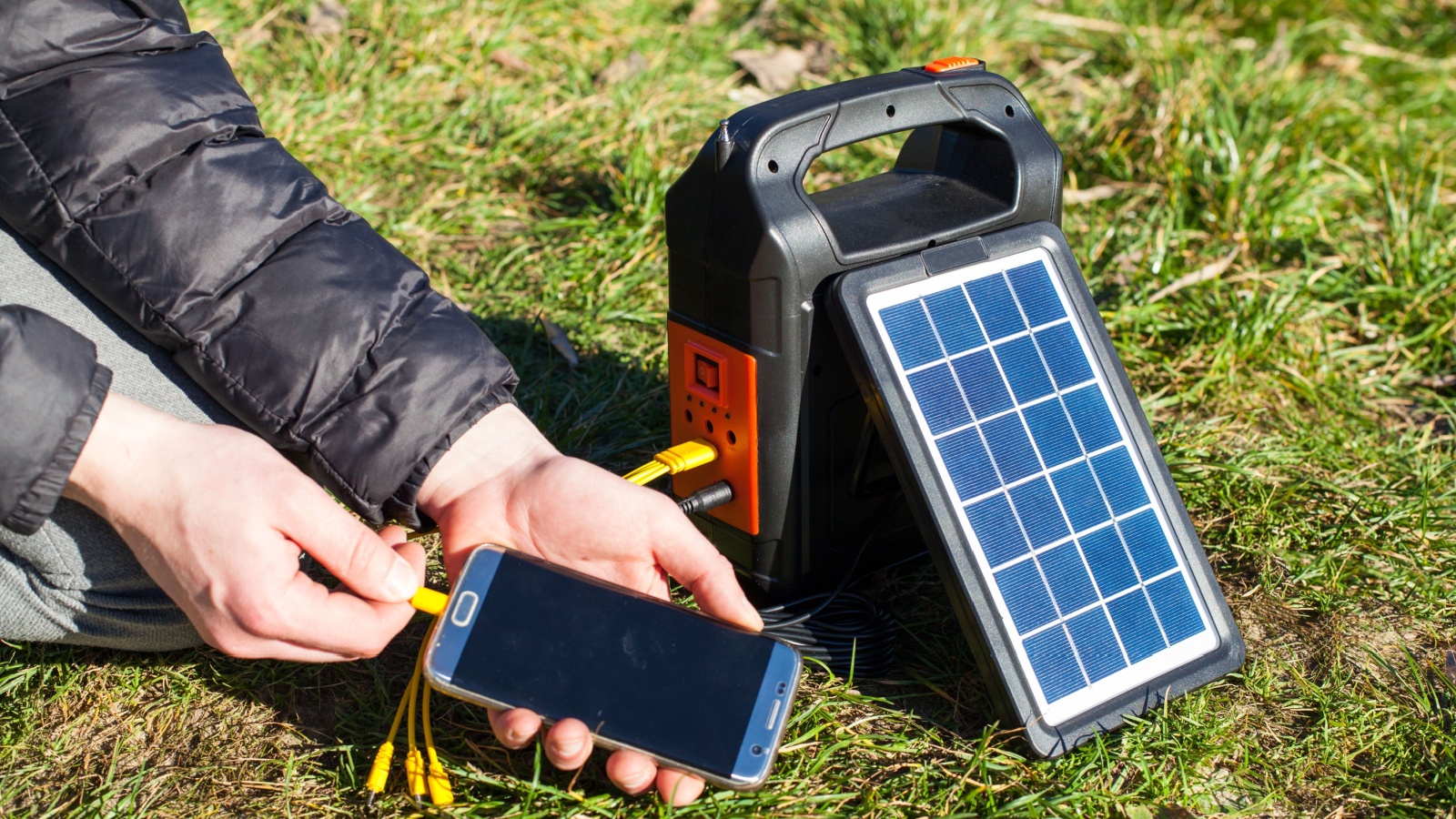
Solar charging equipment can offer energy independence, but be aware of the hidden costs.
The initial investment in panels, inverters, and batteries can be high. These components require proper installation, which often needs professional help.
Maintenance is another factor to consider. Over time, you may need to replace parts or repair damage, leading to additional expenses. Insurance and monitoring systems can also add costs.
7. Emergency Communication Devices
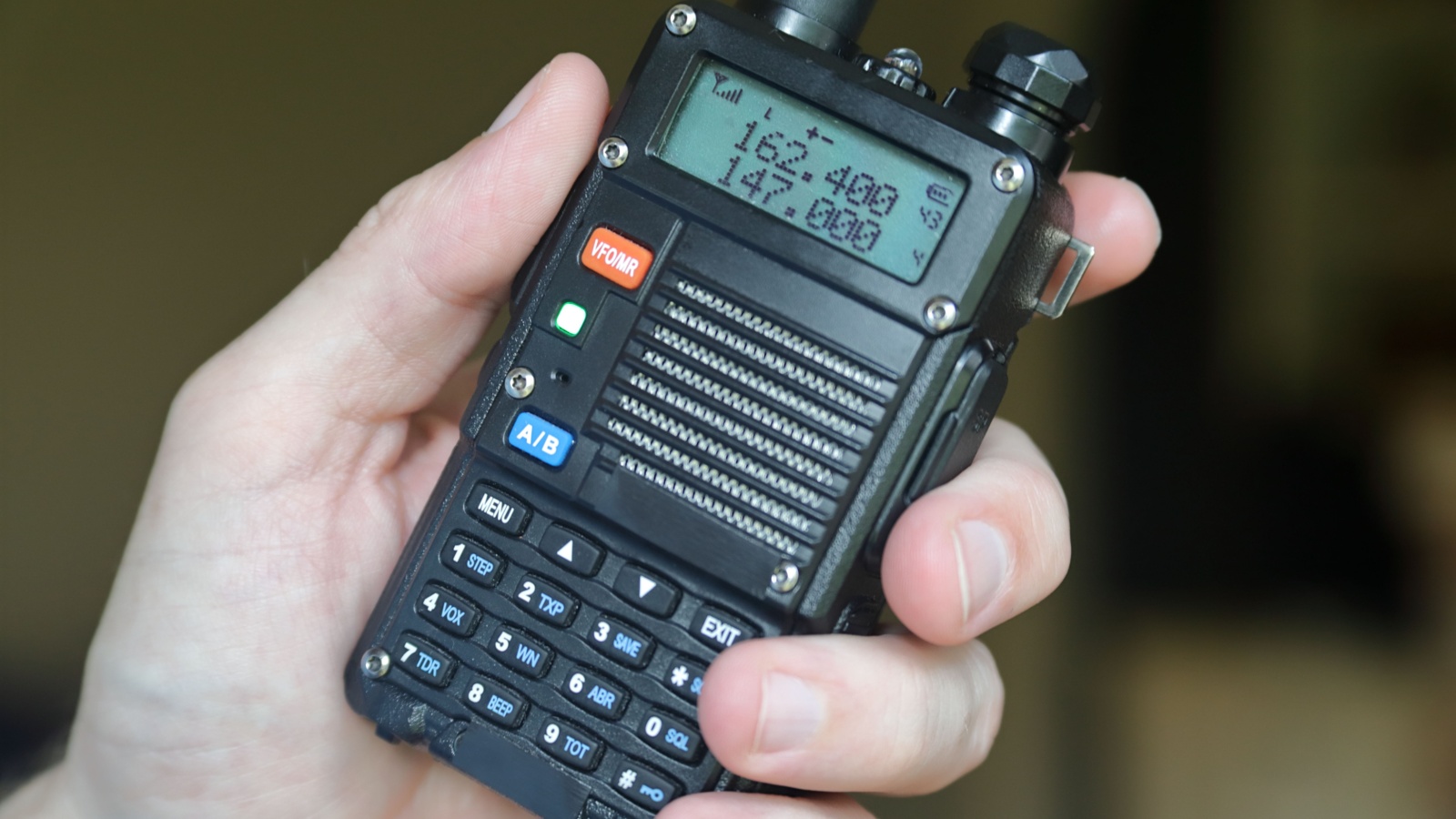
Emergency communication devices are essential for staying connected when traditional networks fail. You should consider investing in a variety of tools to cover different scenarios.
A reliable HAM radio is a top choice due to its range and versatility. Walkie-talkies provide instant communication with family members or group members. Satellite phones offer a lifeline in remote areas where other options might not work.
Maintaining these devices is crucial. Ensure your rechargeable batteries are in good condition and keep them charged. Store additional batteries to ensure you won’t be left in the dark.
Don’t forget to include contact information for emergency personnel and loved ones. Keeping this information updated and easily accessible can make a significant difference in stressful situations. This preparation step may help you reunite with loved ones quickly.
8. Fire Starting Tools
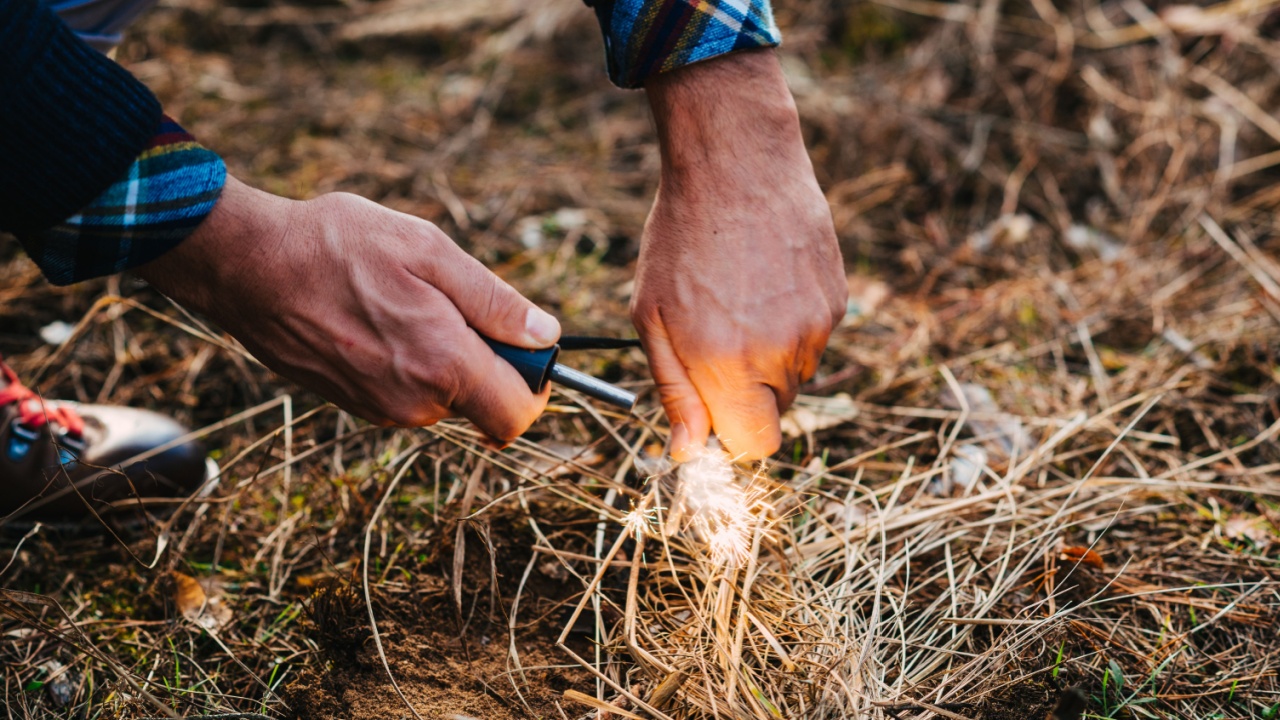
Having reliable fire starting tools is vital for any prepper’s arsenal.
Tools like waterproof matches, ferrocerium rods, and magnesium fire starters offer dependable ignition sources, even in wet conditions.
Commercially available options such as solar spark lighters and traditional lighters provide convenience. Natural materials like birch bark or fatwood can be great alternatives, especially for eco-conscious preppers. Prepare multiple methods to ensure you’re never caught without a way to start a fire.
9. Portable Water Filters
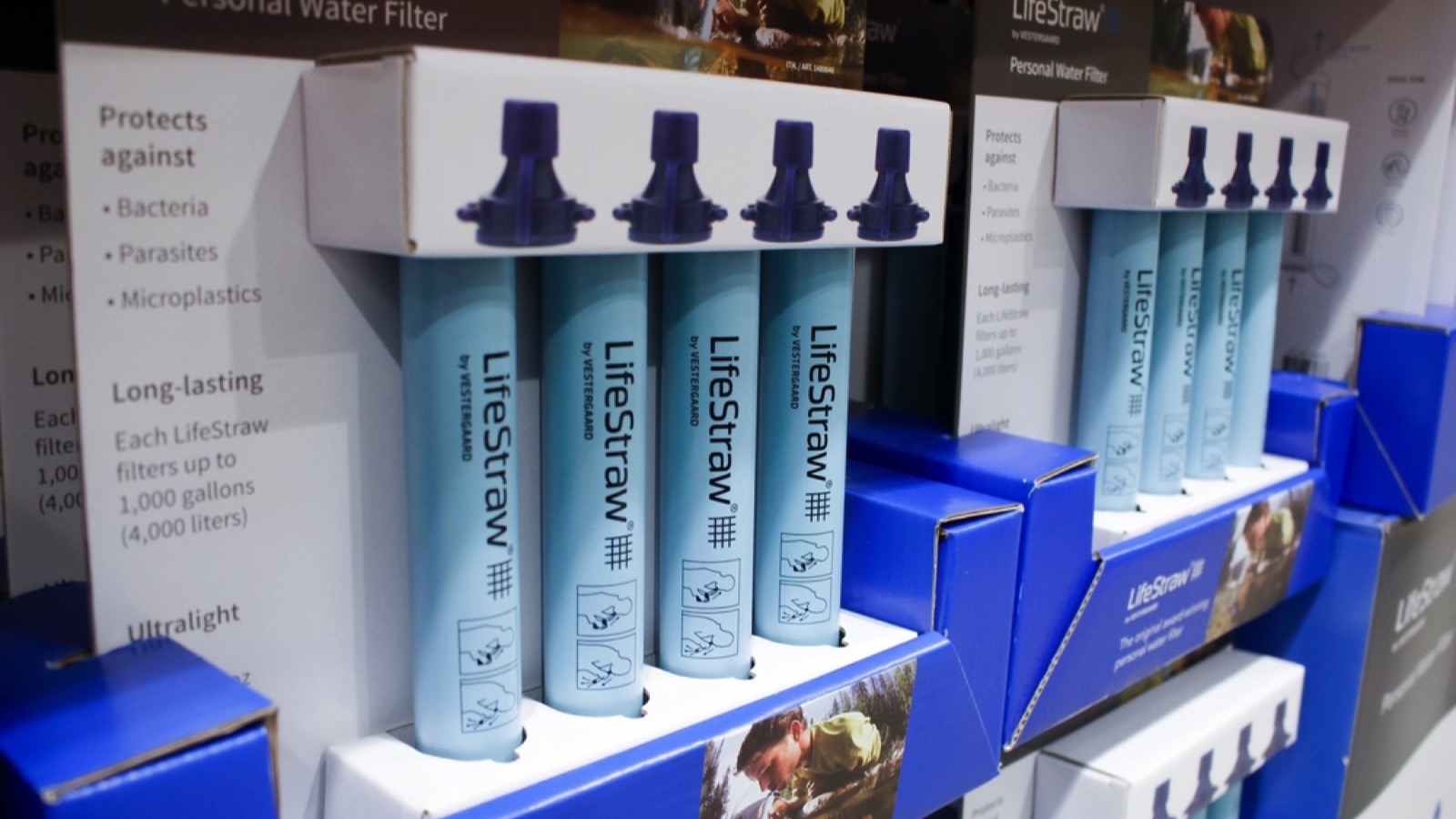
Portable water filters are essential for preppers. They offer a reliable way to make water safe in emergencies.
But, they come with hidden costs. First, you have the initial purchase. Prices range from $25 to $120, depending on the complexity and features.
Then, there’s maintenance. Replacement filters are necessary to keep your system effective. Factor in costs for spare parts like pouches and attachments.
Lastly, consider the time spent on cleaning and replacing parts. This can add up, especially during prolonged use.
10. Biohazard Protection Gear
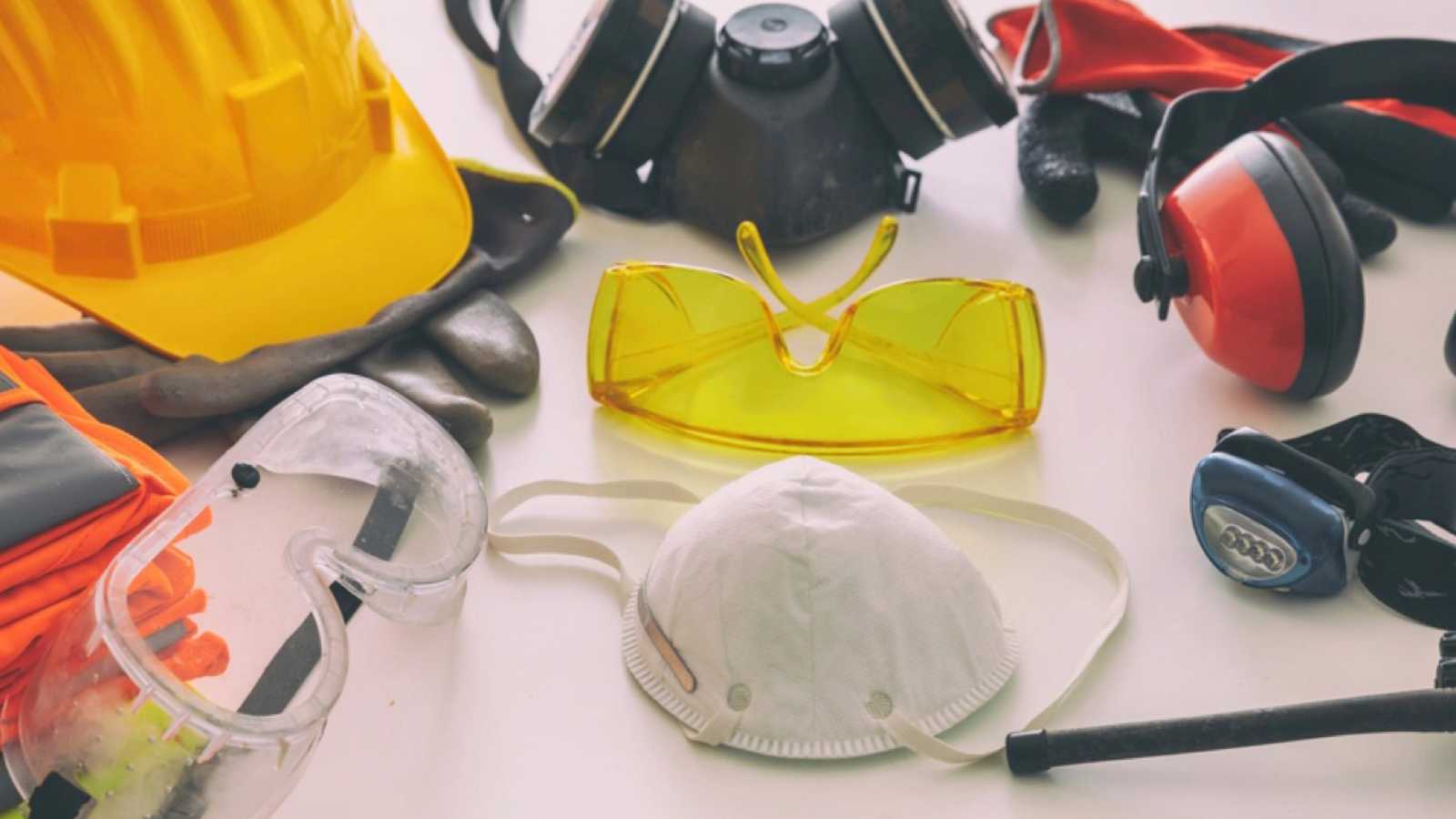
You must be properly equipped with biohazard protection gear. This includes items like gloves, masks, and goggles.
Personal protective equipment (PPE) minimizes exposure to harmful substances. Consider stocking up on these essentials. A good supply ensures you’re ready to handle unexpected biohazard situations.
11. Camping and Cooking Supplies
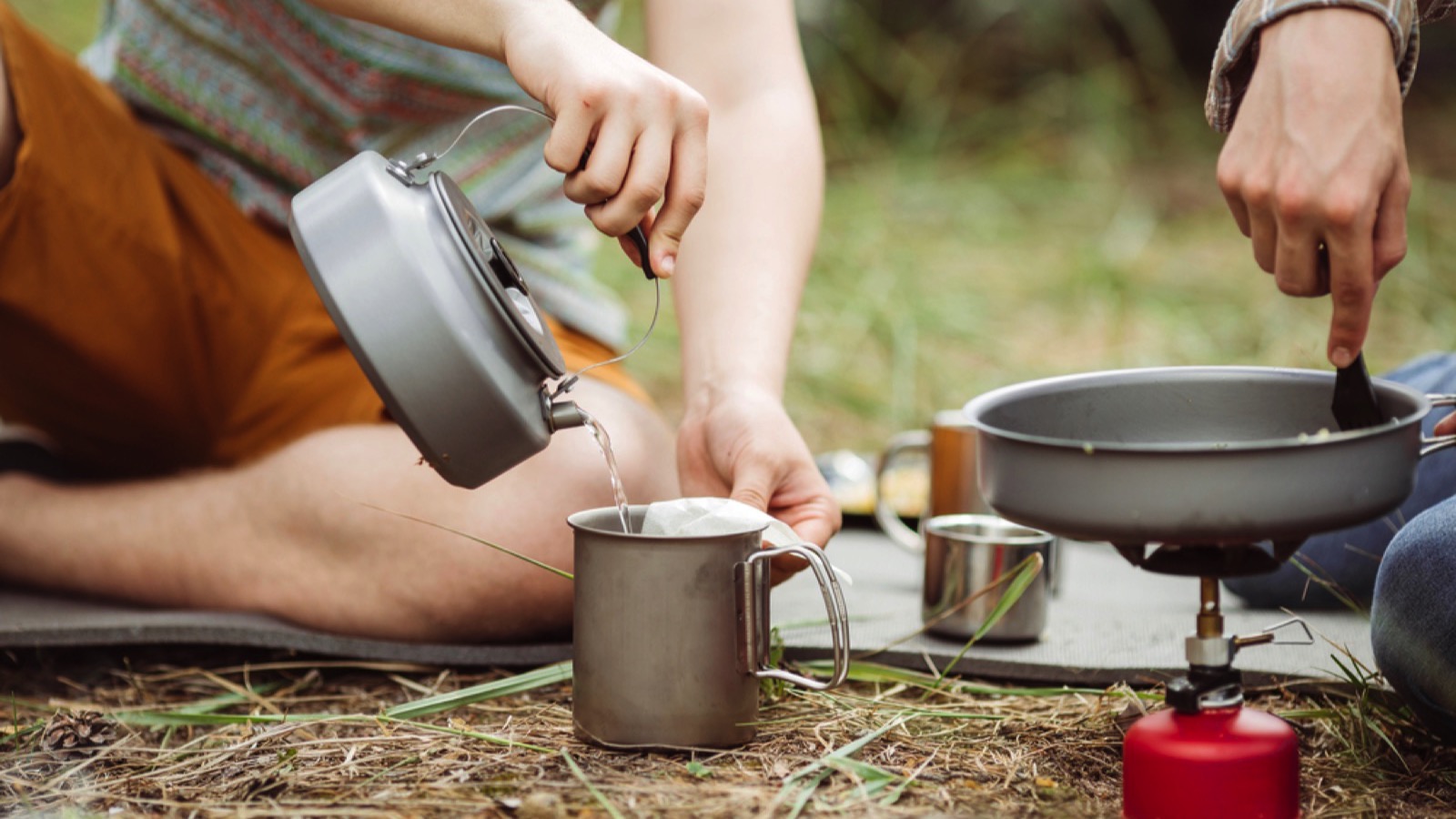
When prepping for outdoor adventures, camping and cooking supplies can add hidden costs.
Quality gear like sturdy tents, reliable stoves, and durable cookware are essential. Costs add up quickly, especially if you prefer high-quality, durable items.
Food storage solutions, such as containers and coolers, are another expense. Proper storage ensures your food stays fresh and safe, but can be costly.
Remember to budget for these items when planning your prepping expenses.
12. Self-Defense Items

Acquiring self-defense items is crucial for any prepper. These tools can protect you and your loved ones from potential threats.
Pepper spray is a popular choice, as it is non-lethal, easy to carry, and effective.
A handgun or pistol offers a more robust form of defense and is easier to store and hide. Practice and proper storage are essential to ensure safety.
Air guns, like the LTL Alfa 1.50, provide non-lethal options and can deter intruders without the risks associated with firearms.
13. Home Security Upgrades
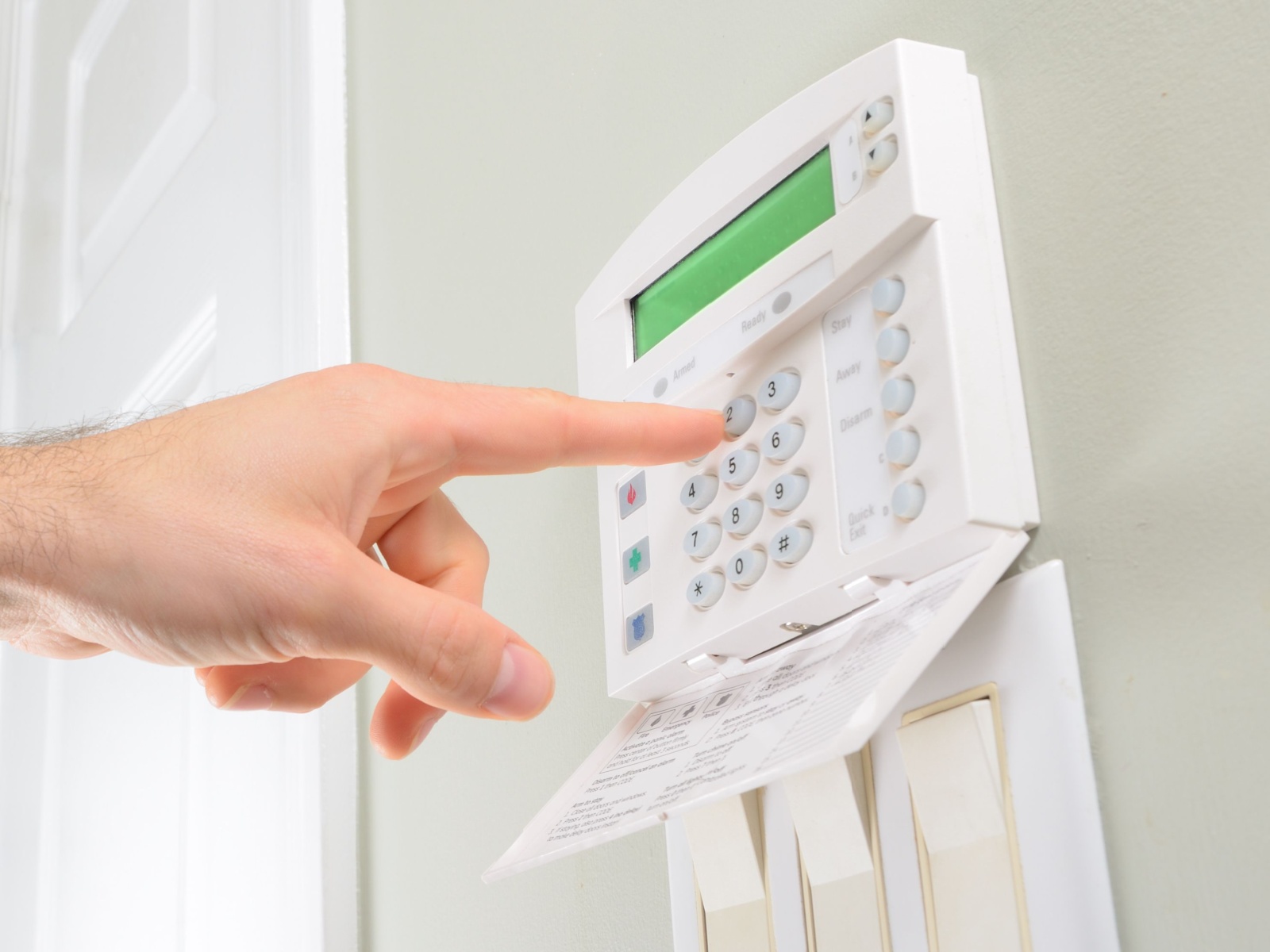
Upgrading your home security is essential. Even small investments can make a big difference.
Automatic timers can turn your lights or TV on when you’re away. This gives the impression that someone is home.
Reinforcing doors and windows is another cost-effective improvement. Stronger locks and frames can deter intruders and give you peace of mind. Simple yet impactful changes can enhance your safety without breaking the bank.
14. Extra Clothing and Footwear
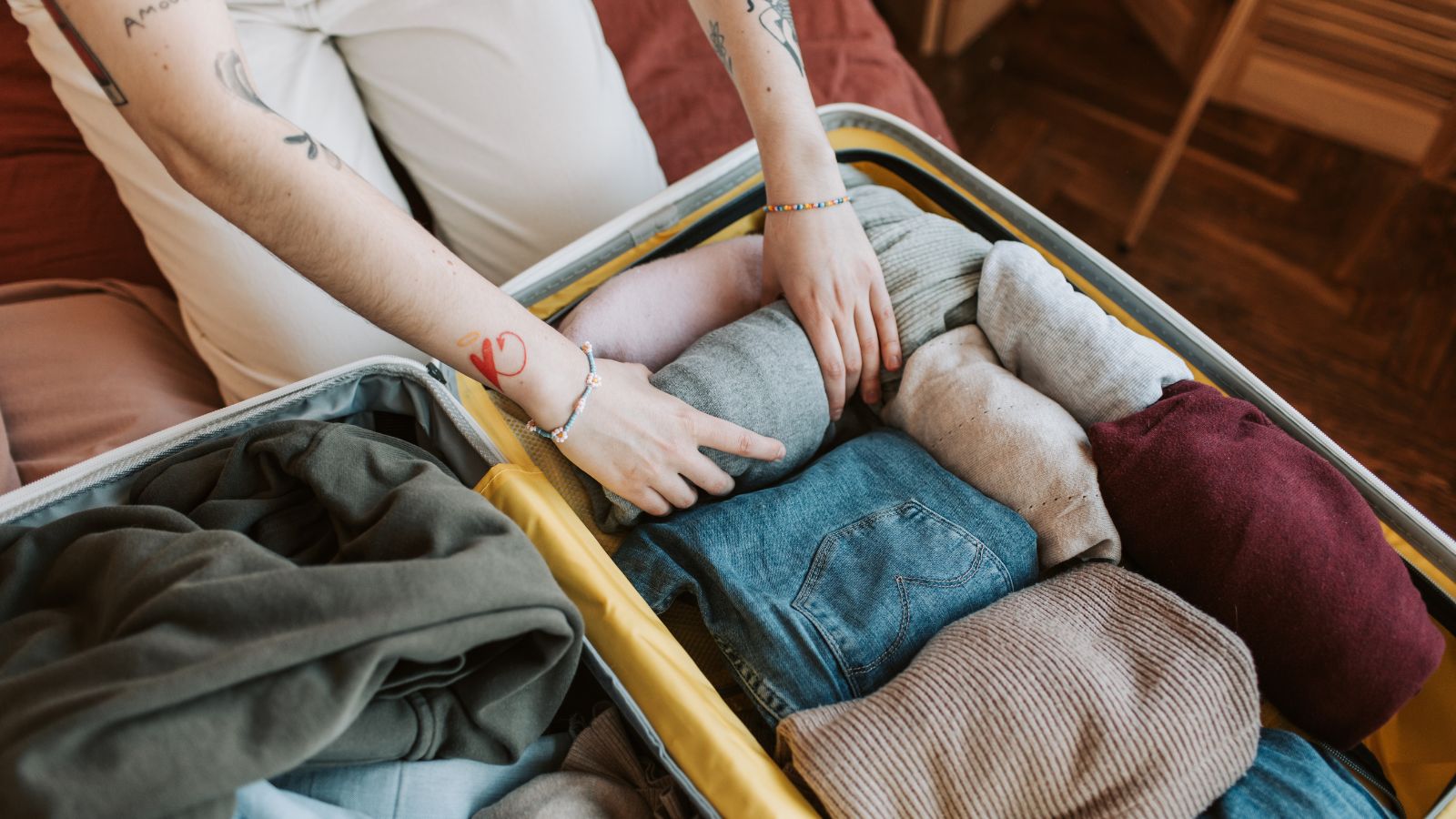
Having the right extra clothing and footwear is essential in any prepping plan.
Environments can be unpredictable, and without proper gear, you could face extreme discomfort or danger.
Quality matters when it comes to survival clothing and footwear. Durable and waterproof items ensure that you stay protected against elements like cold, heat, and rain. Investing in high-quality items can prevent long-term costs and failures during emergencies.
Don’t forget about comfort. Uncomfortable footwear can slow you down and cause injuries. Ensure you have sturdy, well-fitting shoes to navigate rough terrain safely.
15. Seasonal Equipment
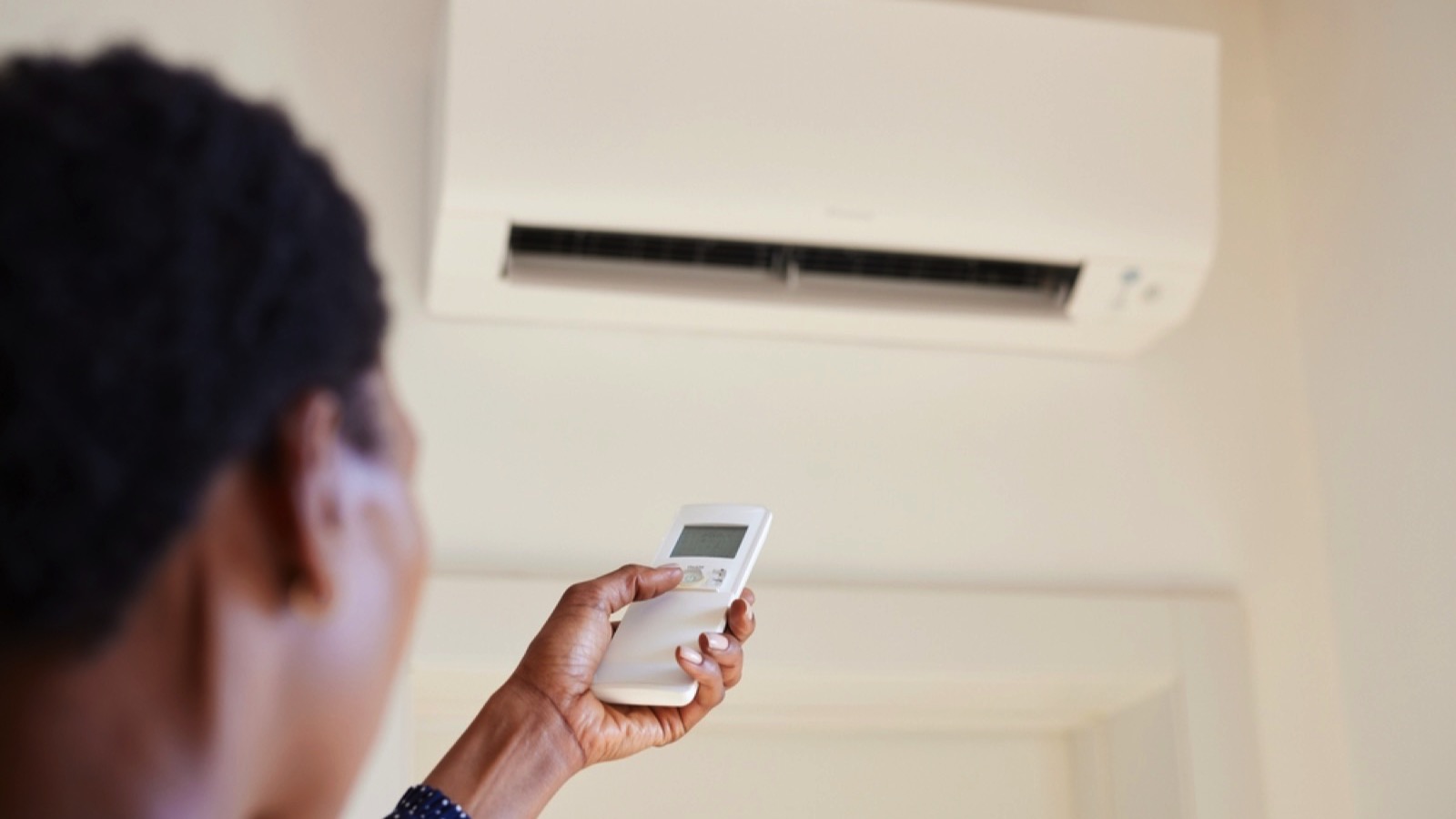
Seasonal equipment can quickly become an unexpected cost in prepping. This includes snow shovels, winter clothing, and heaters for the cold months.
In warmer seasons, you might need air conditioning units, fans, and summer-specific gear. Investing in season-specific items ensures you are prepared for various weather conditions.
16. Accounting for Inflation and Price Fluctuations

Pay attention to market trends. Prices of essential items like food and fuel can fluctuate significantly.
Inflation may increase costs over time, so allocate a portion of your budget for potential price hikes.
Track current prices and compare them periodically.
Consider bulk purchases or discounts to save money in the long run.
Online tools or apps can help you monitor price changes.
Additionally, set aside an emergency fund to cover unforeseen cost increases. Planning ahead can give you financial flexibility and ensure you’re not caught off guard by rising prices.
17. Storage Solutions and Their Expenses

Investing in proper storage facilities is crucial.
Climate-controlled spaces for food and sensitive materials can prevent spoilage and degradation. Meanwhile, metal shelving units might be a one-time purchase, but ventilation systems and dehumidifiers require regular maintenance.
Plastic storage bins can crack and need replacement, while Mylar bags and oxygen absorbers for food storage add recurring costs. Take into account the cost of pest control to protect stored items. Failure to maintain these systems can lead to significant losses, making the investment in upkeep essential.
18. Replacement and Expiry of Supplies
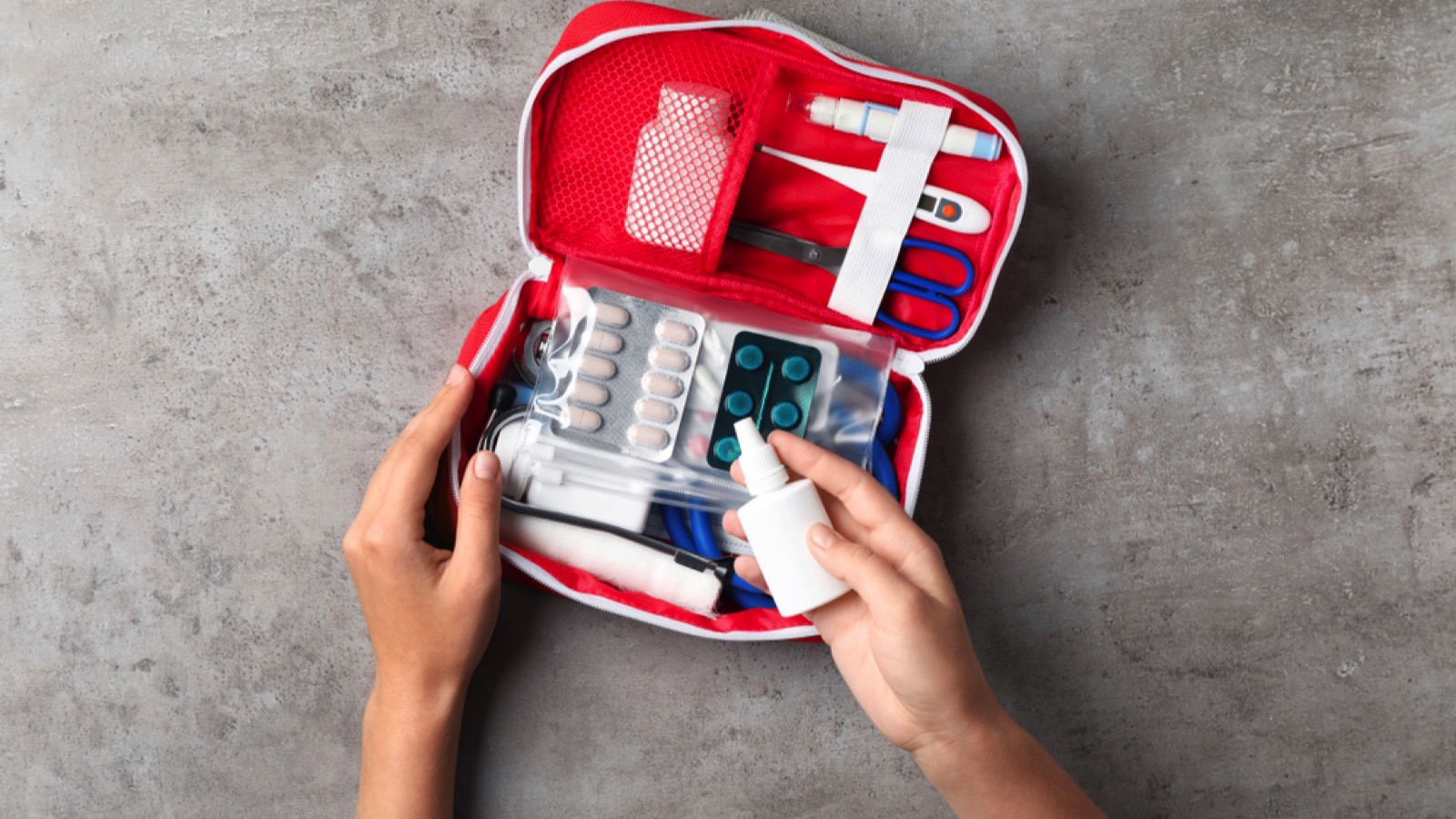
All supplies have a shelf-life.
First-aid kits, batteries, and water filtration systems need periodic checks and replacements. Food items, particularly those designed for long-term storage, can expire or lose nutritional value, necessitating rotation.
Medications and fuel supplies also have specific expiration dates, and keeping track can save you from relying on ineffective resources.
Regularly updating your stockpile ensures reliability, but comes with ongoing costs. Keep an inventory system to manage replacement schedules effectively and avoid unexpected shortages.
19. Health and Medical Costs

In emergencies, medical expenses can escalate rapidly.
Emergency room visits can cost hundreds or thousands of dollars, even with insurance.
Additionally, prescription medications and ongoing treatments for injuries or illnesses can add up quickly.
You should also account for specialist appointments and medical equipment like crutches or braces.
Dental emergencies, often overlooked, can be especially pricey. Procedures like root canals can run into thousands.
Establishing a health savings fund can provide a financial cushion against these unforeseen costs.
20. Legal and Regulatory Compliance
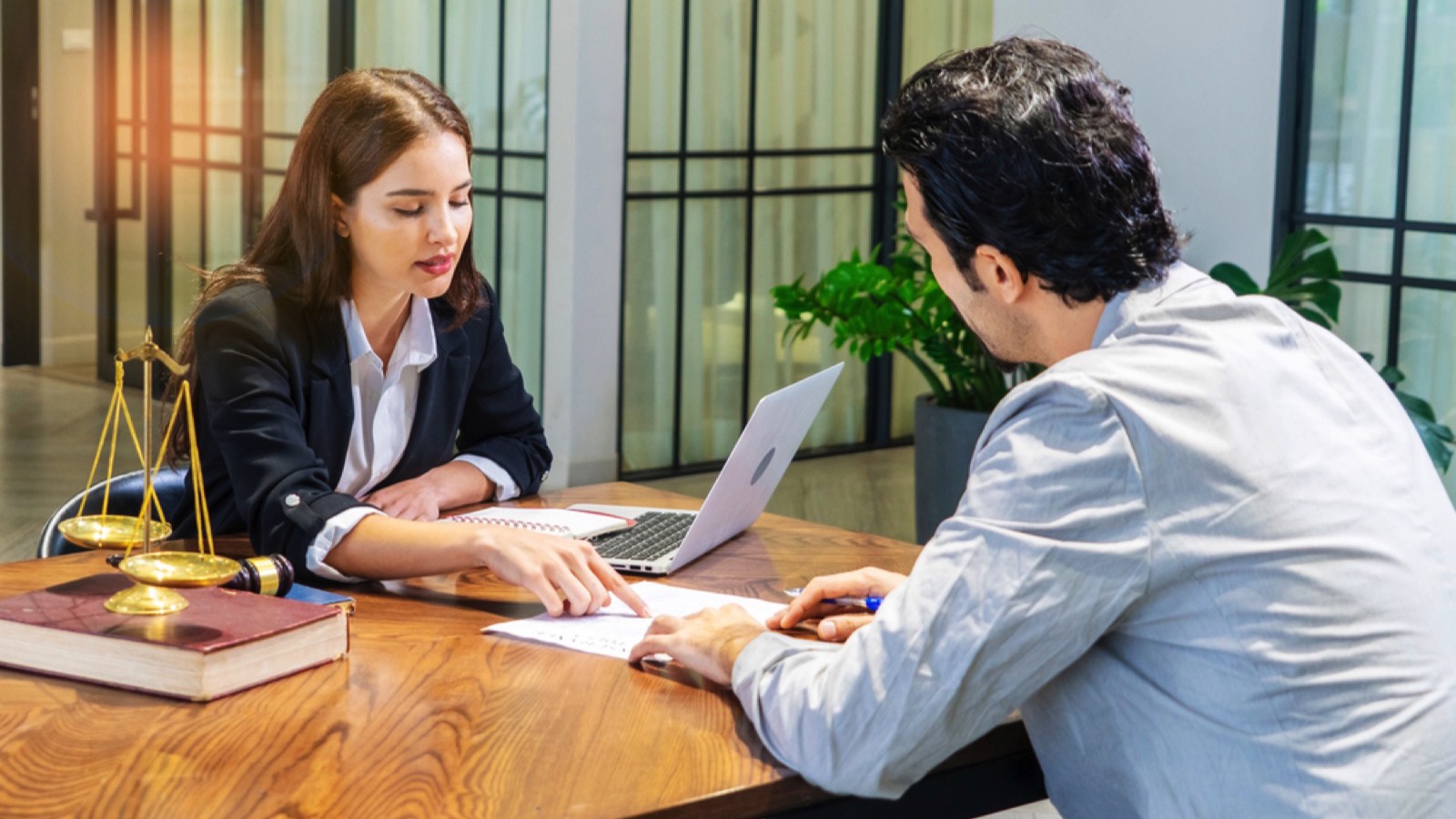
Legal and regulatory compliance encompasses unplanned legal fees and compliance costs that might arise.
Unexpected legal issues can lead to substantial attorney fees. These fees can be for defense in lawsuits or consultation for legal matters.
Additionally, costs for regulatory compliance, such as sudden building code upgrades or unexpected tax-related expenses, can be burdensome.
Licensing fees for certain activities or property, and unexpected fines or penalties also add to these hidden expenses.
Having a proactive strategy to cover these legal and regulatory costs is essential to avoid significant financial setbacks.
Best Hunting Rifles of the Last 50 Years
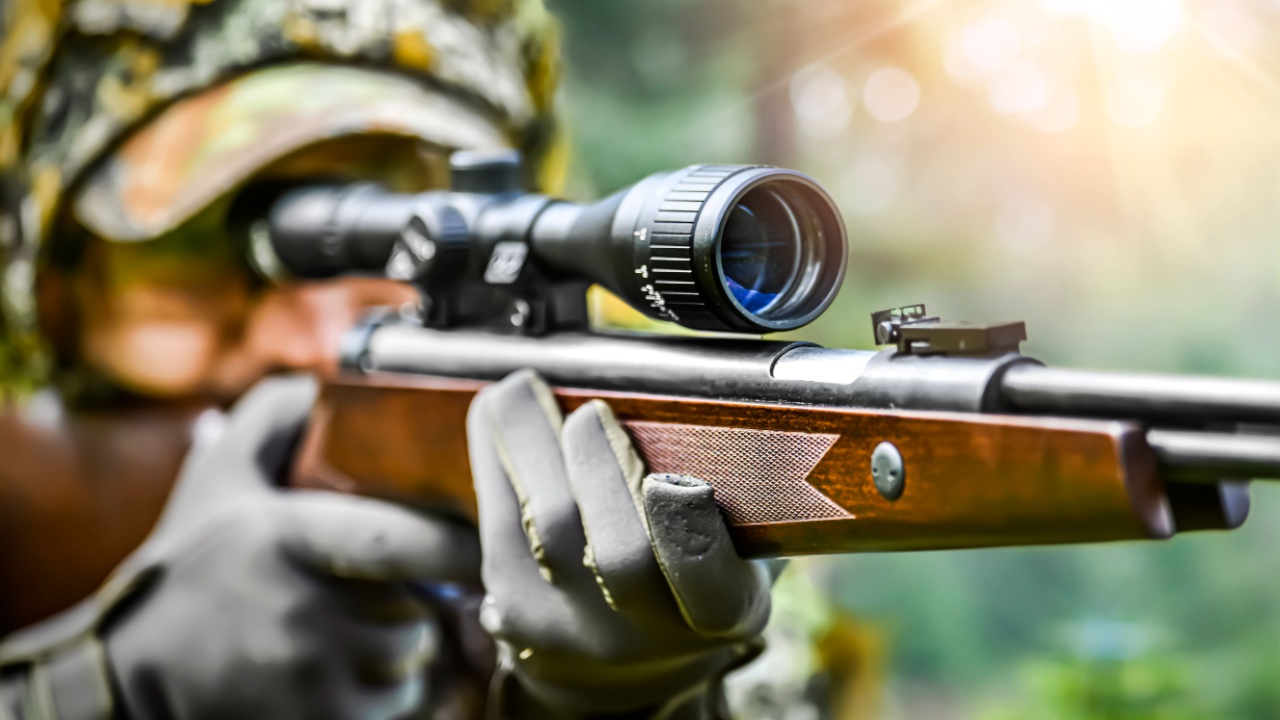
Choosing the “best” hunting rifle is a pretty personal thing. We all have different opinions and preferences on what we like to hunt with. But still, over the last 50 years, there have been some remarkable weapons. Over the past half-century, the evolution of hunting rifles has seen so many innovations, catering to a wide range of needs from the casual deer hunter to the adventurous big-game enthusiast. What’s your favorite hunting rifle? Which weapons deserve a spot on this list?
- Read More: Best Hunting Rifles of the Last 50 Years
14 Most Versatile Hunting Cartridges

With almost 16 million hunters in the United States, and with such a huge range of game to hunt, the right rifle and the best cartridge is critical. We have some of the most diverse ecosystems on the planet, with animals ranging from tiny squirrels to gigantic moose. The cornerstone of a successful hunt lies in the hunter’s skill and knowledge but also in the choice of ammunition. The right cartridge can make all the difference, offering the power needed for a clean, humane kill without compromising the quality of the game.
- Read More: 14 Most Versatile Hunting Cartridges
38 Things Every Prepper Should Stockpile That Aren’t Water, Food, or Weapons

This list extends beyond the basic survival trio of water, food, and weapons. It’s a given that we need to stock up on water, food, and a way to defend ourselves and what we have. But what other things will you need in a survival situation? None of us truly knows what TEOTWAWKI will really look like, although most of us have theories we think most likely. But whatever the situation is, there are certain supplies that it just makes sense to have on hand, aside from the obvious trio I mentioned above.

